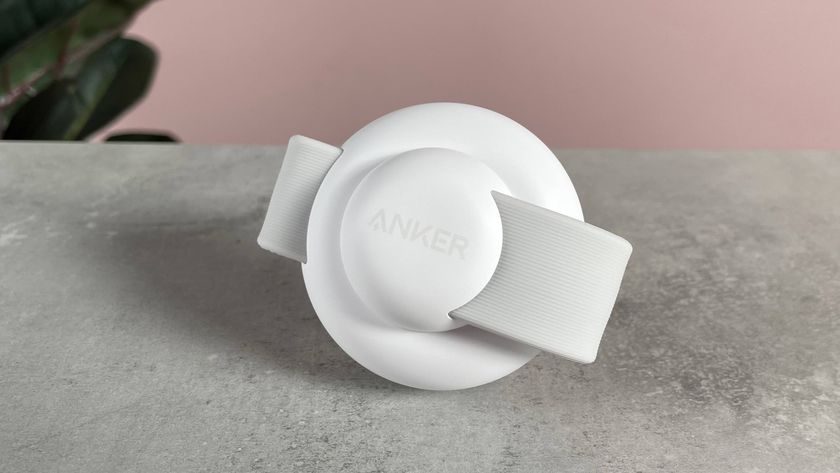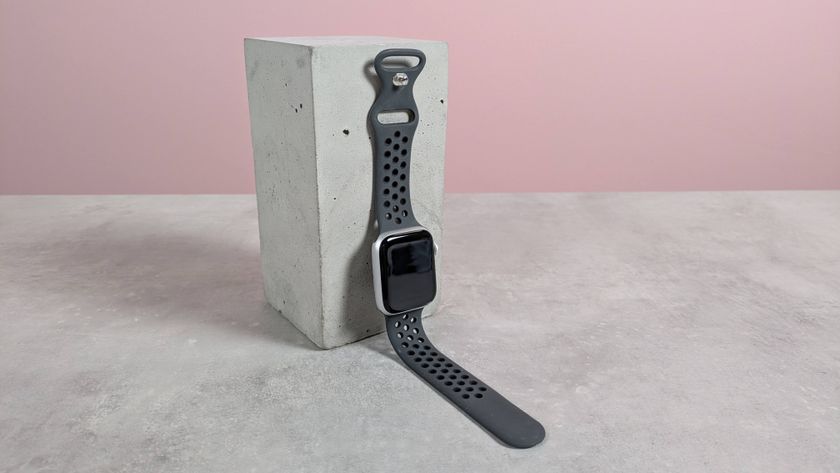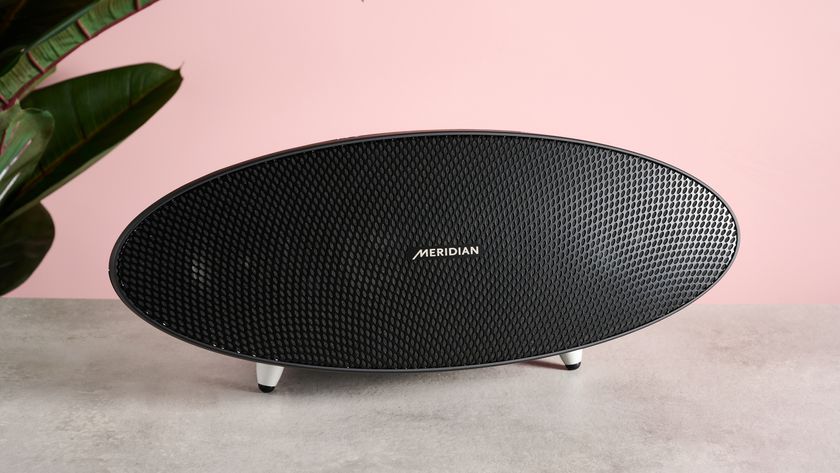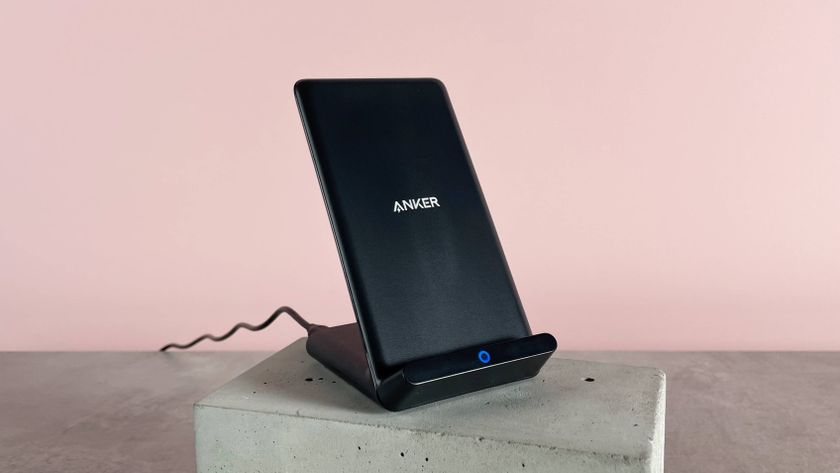TechRadar Verdict
Pros
- +
Comprehensive set of inputs
- +
Flexible features
- +
Very even-handed performance
Cons
- -
Mild detail loss
- -
Annoying user interface
Why you can trust TechRadar
Lavry is a pro-audio company which shows little (if indeed any) sign of interest in the audiophile world, but that doesn't stop the audiophile world being interested in Lavry. The company's DA10 DAC became something of a cult success and the DA11 builds on that success by adding a couple more features.
The most immediately useful of those for most Hi-Fi Choice readers, we suspect, will be the USB input. It's actually good for 96kHz sampling, though it may not work that way straight out of the box and Lavry's recommendations for computer set up are worth following. (Indeed, we'd recommend a little such care to any greater-than-48kHz USB set up.)
The unit is remote-control compatible, though it doesn't come with one: again, Lavry provides instructions for setting up programmable remotes. And then there's the 'Playback Image Control', which allows for widening and narrowing, asymmetrically if desired, of stereo images.
You get one each of the usual flavours of digital input, including AES/EBU on an XLR socket, while analogue is put out only on XLR connectors, but XLR-phono adaptors are provided and you can configure the output to drive these correctly, unbalanced.

Like other settings, including source and volume (adjustable in rather coarse steps), this is done from the front panel via centre-biased toggle switches, which frankly is an arcane process which we hated from start to finish.
Internal circuitry uses familiar parts of good quality and a switch-mode power supply.
Sound quality
A little bit like the Electrocompaniet PD1, this DAC is relatively undemonstrative, but still manages to pack a punch when it needs to.
In fact, it can really be quite dramatic at climaxes, a characteristic which makes it a good match to highly dynamic classical music recordings.At the same time, it retains a believably solid sound and image when the music is quiet.
Our listeners did feel, however, that a trace of detail was lost by the DA11. This seemed to be equally true in different styles of music and was also consistent across the USB and S/PDIF inputs. It's not a serious loss and didn't stop anyone enjoying the bigger picture, something this DAC is indeed good at preserving. All the same, the ability to hear a little deeper inside a mix could be useful and welcome now and then.
Tonally the balance is excellent, with good extension at both ends of the spectrum and no sign of favouritism across the midrange. A remarkably clean treble will certainly endear this DAC to many listeners and it proved quite impossible to fluster it with even the busiest and brightest of recordings.
General musical flow was specifically praised and its handling of dynamics on both short and long timescales is assured and lifelike.
Lots to like, then, but the detail proved a minor, though persistent, niggle. The texture of a multi-layered piece of music is not as clear as one might wish and images seem to lose a little depth, a frequent companion to mild detail loss.
Follow TechRadar Reviews on Twitter: http://twitter.com/techradarreview

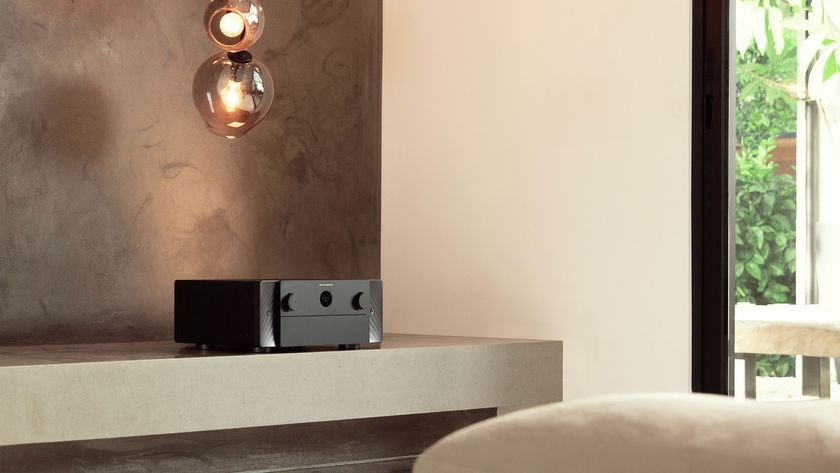
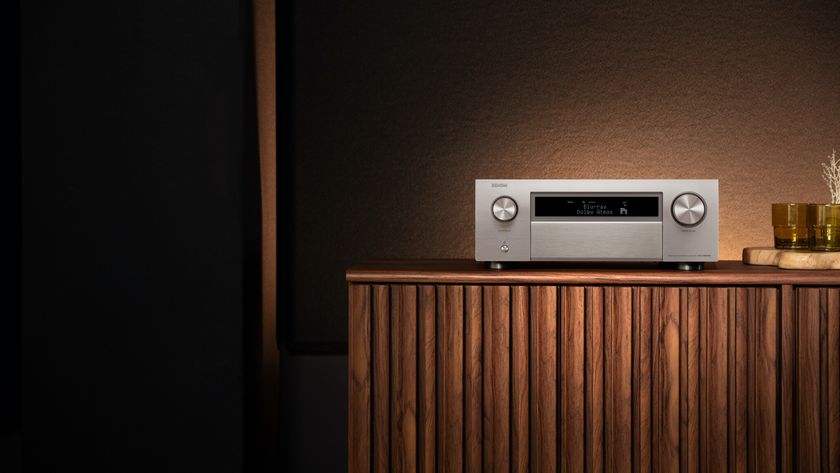
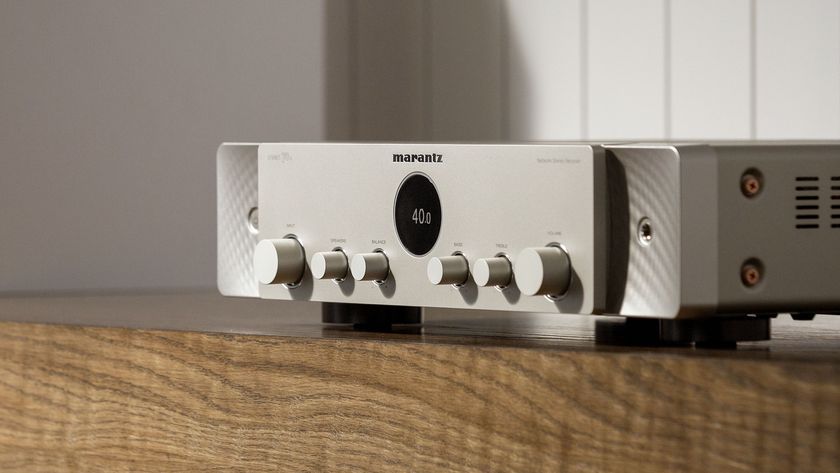
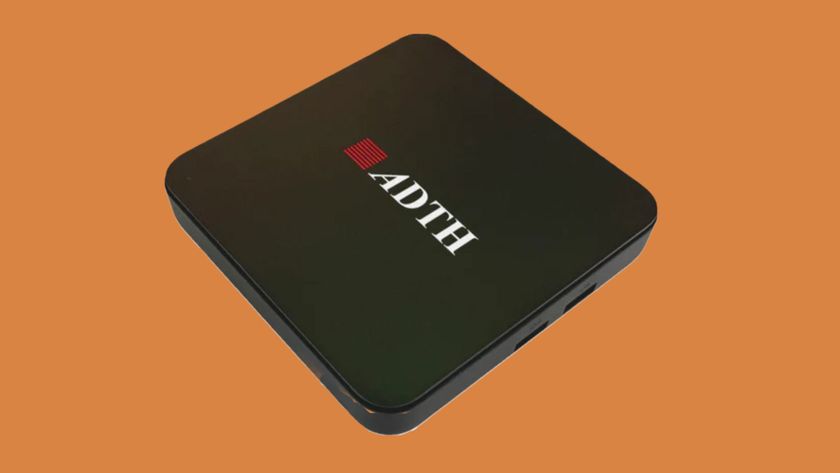


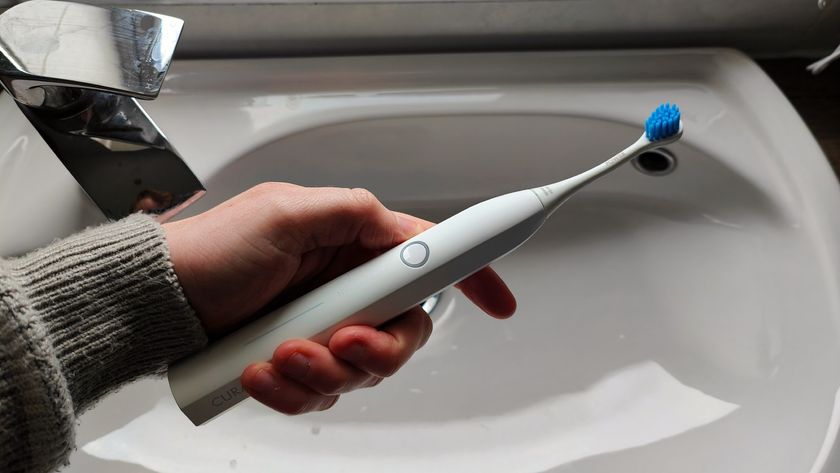




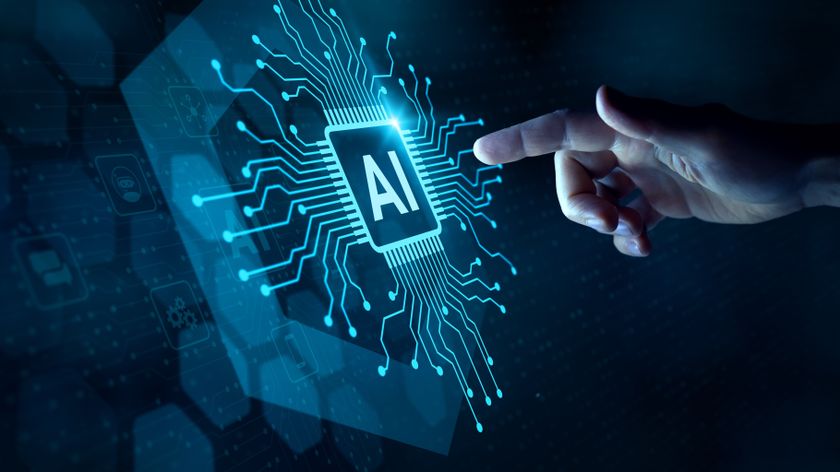
Researchers want to embrace Arm's celebrated paradigm for a universal generative AI processor; a puzzling MEGA.mini core architecture

Quickbooks vs Quicken: what are the main strengths and weaknesses for your business
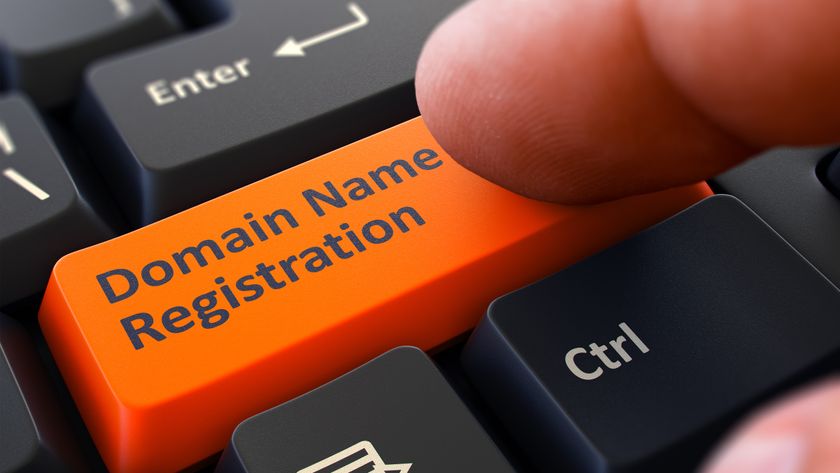
I visited the world’s first registered .com domain – and you won’t believe what it’s offering today


